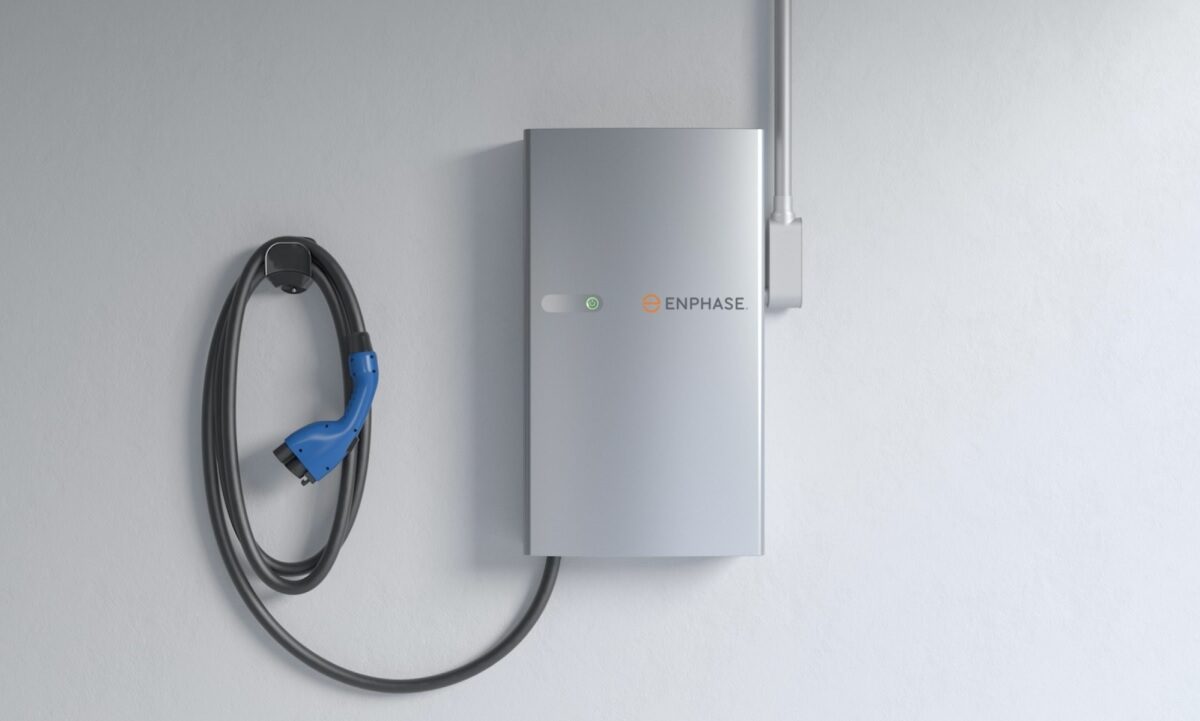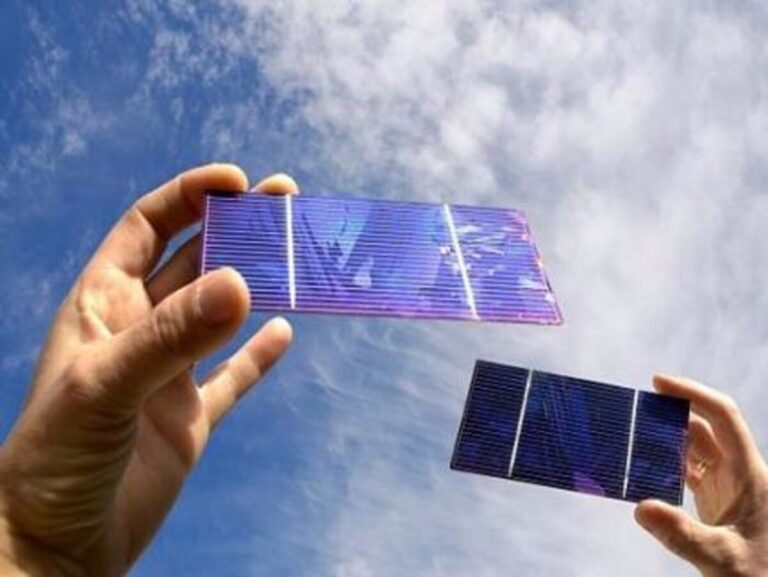Korean scientists have fabricated a perovskite-organic solar cell with a sub-nanometer uniform dipole layer. During the tests, the device recorded an energy conversion efficiency of 24%, a new record for lead-based hybrid perovskite-organic solar cells.
Researchers from the Korea Advanced Institute of Science and Technology (KAIST) and Yonsei University have fabricated an organic-inorganic hybrid solar cell with high efficiency and high stability.
The research paper “Suppressing hole accumulation via sub-nanometer dipole interfaces in hybrid perovskite/organic solar cells to boost near-infrared photon collection”, available in the magazine Advanced materials, says that a major bottleneck toward efficiency improvement in hybrid perovskite-organic solar cells is the energy level mismatch at the perovskite/bulk heterojunction (BHJ) interface, which leads to charge accumulation.
The article adds that existing lead-based perovskite solar cells cannot harness approximately 52% of the total solar energy because their absorption spectrum is limited to the visible light region with a wavelength of 850 nm or less.
To solve this problem, the research team designed a hybrid device that combined an organic bulk heterojunction (BHJ) with perovskite, resulting in a solar cell that can absorb down into the near-infrared region.
The researchers introduced a sub-nanometer dipole interface layer, based on an isomer known as B3PyMPM, directly onto the perovskite surface, which reportedly alleviated the energy barrier between the perovskite and BHJ. This was found to suppress charge accumulation, maximize near-infrared contribution, and improve current density to 4.9 mA/cm².
The cell is built with a substrate made of indium tin oxide (ITO), a self-assembling monolayer based on MeO-2PACz. the perovskite absorber, the dipole boundary layer, the BHJ interface, a bathocuproin (BCP) buffer layer and a copper (Cu) metal contact.
During testing, the hybrid device achieved an energy conversion efficiency of 24%, up from 20.4%, which is a record for lead-based hybrid perovskite-organic solar cells, according to the research paper.
The device also achieved high internal quantum efficiency (IQE) compared to previous studies, reaching 78% in the near-infrared region. It also showed high stability and maintained more than 80% of its initial efficiency after more than 800 hours under extreme humidity conditions.
“Through this study, we have effectively solved the charge accumulation and energy band mismatch problems faced by existing perovskite-organic hybrid solar cells, and will be able to significantly improve the energy conversion efficiency while improving the performance of maximize the collection of near-infrared light.” said Jung-Yong Lee, one of the study’s authors. “This will be a new breakthrough that can solve the mechanical-chemical stability problems of existing perovskites and overcome the optical limitations.”
This content is copyrighted and may not be reused. If you would like to collaborate with us and reuse some of our content, please contact: editors@pv-magazine.com.
Popular content



